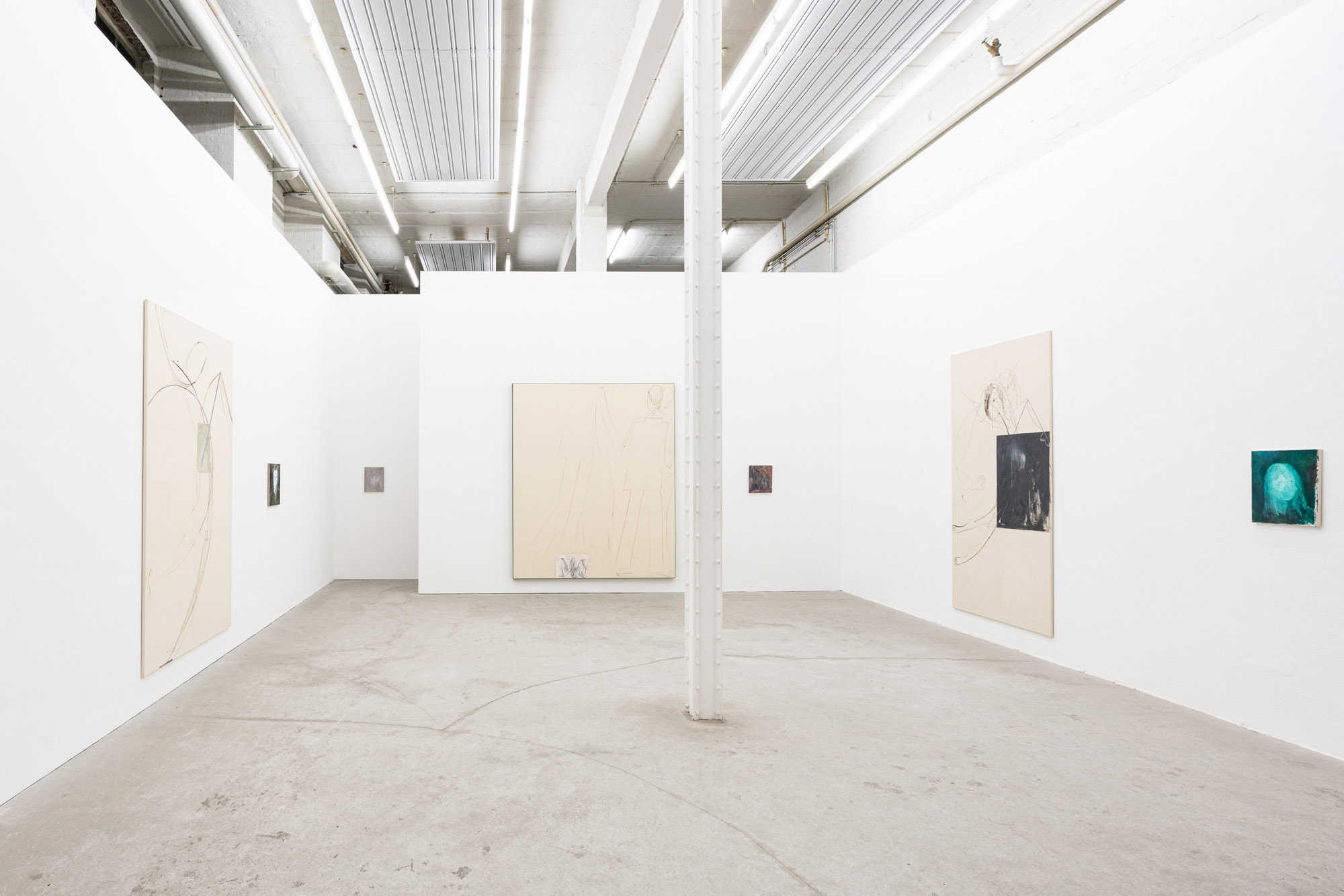
Installation view, Adrian Buschmann, Ok Ok, Galerie Tobias Naehring, Leipzig, 2020
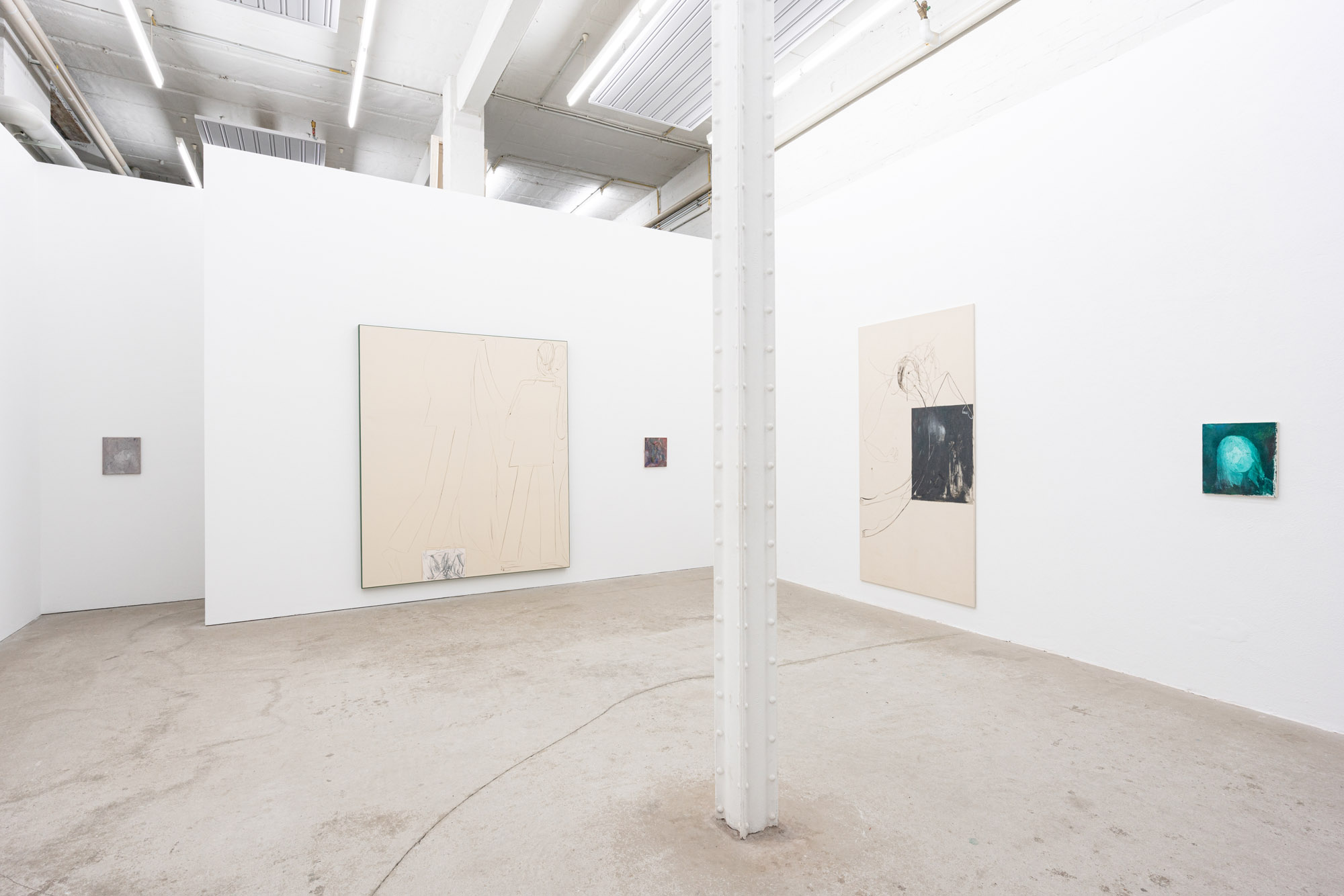
Installation view, Adrian Buschmann, Ok Ok, Galerie Tobias Naehring, Leipzig, 2020
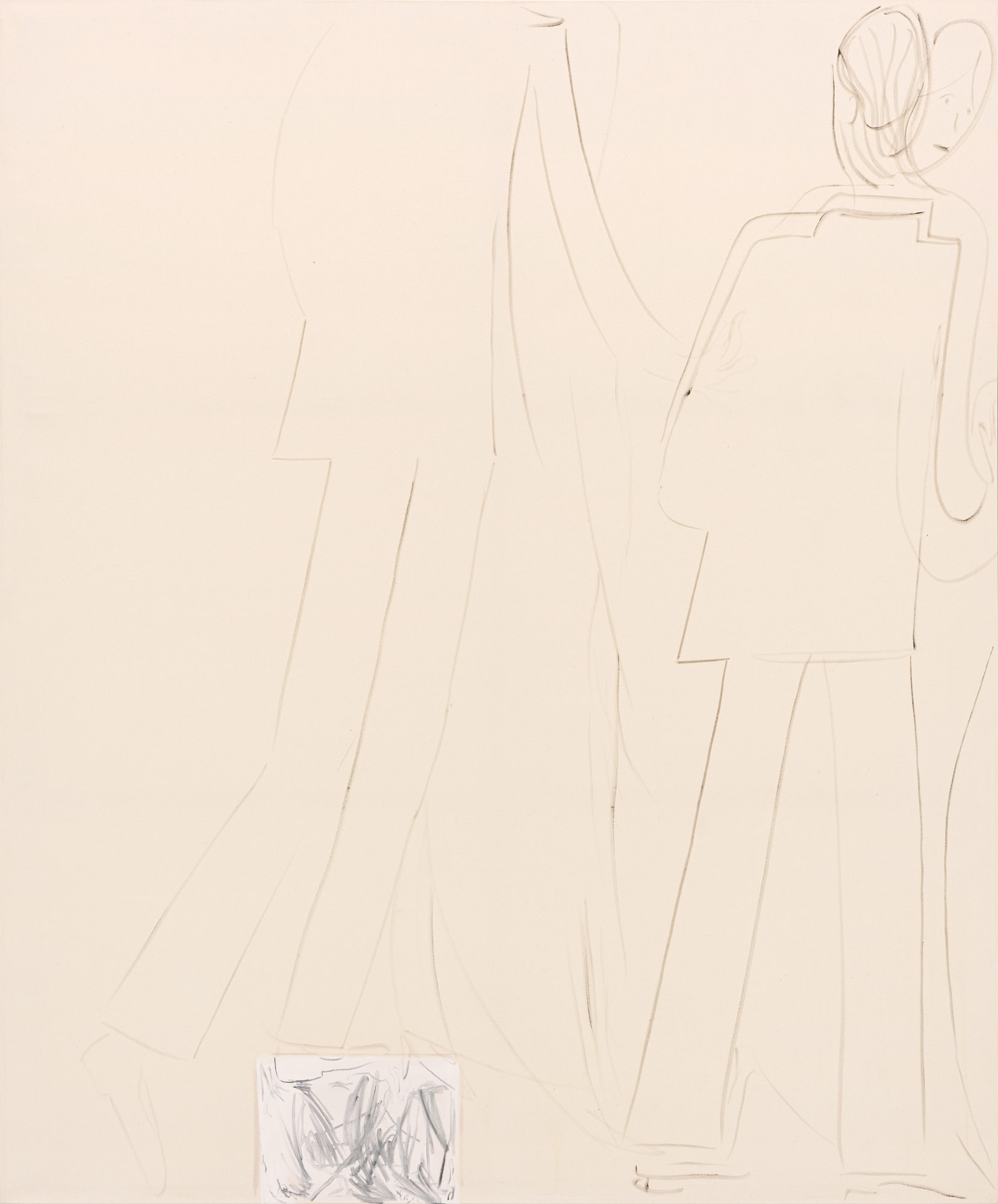
Adrian Buschmann, People always make war, when they say they love peace, 2018, Oil on canvas, 242 × 240 x 7 cm
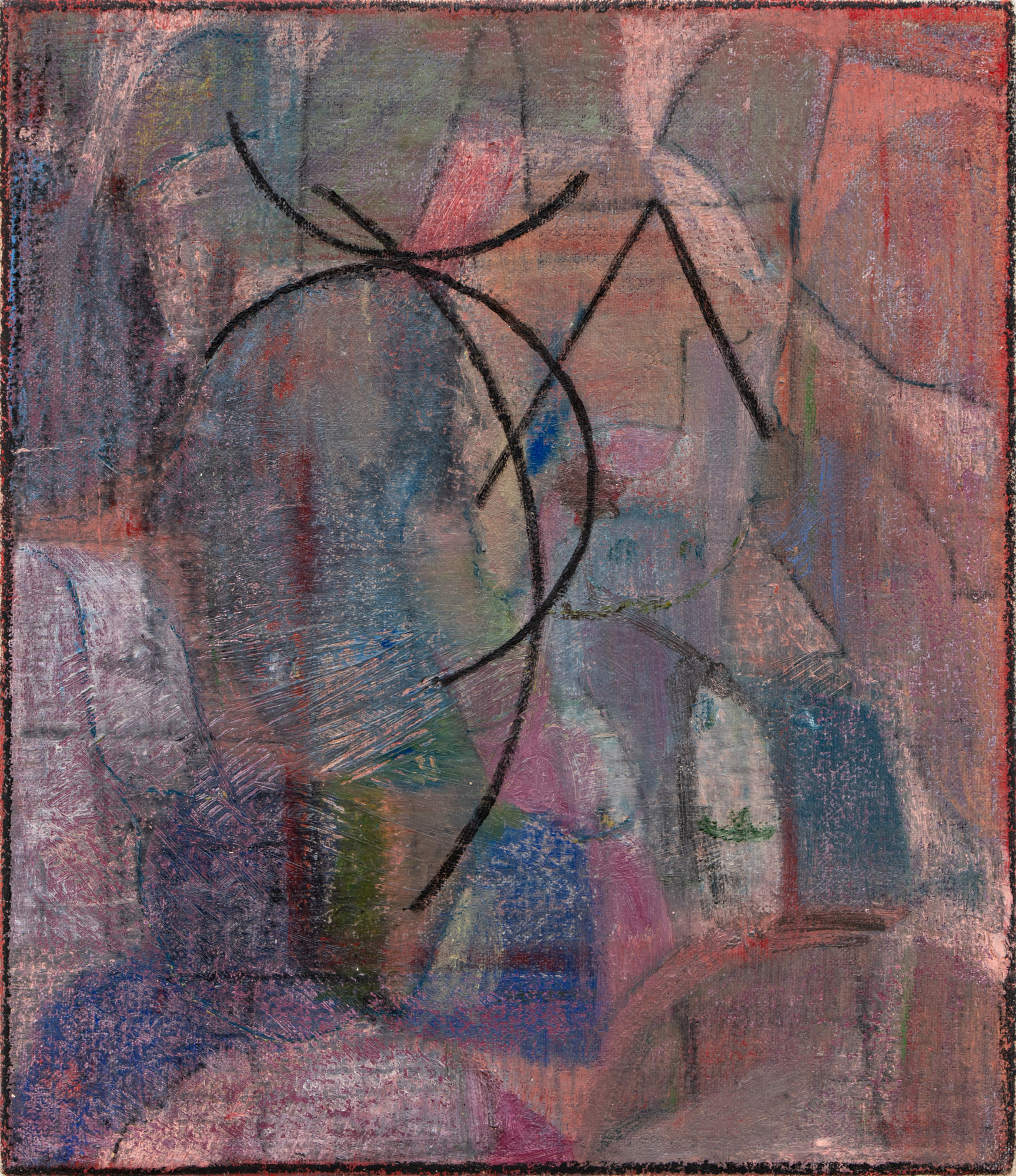
Adrian Buschmann, Self-portrait as Nijinsky, 2019, Oil and oil stick on canvas, 34 × 29 cm
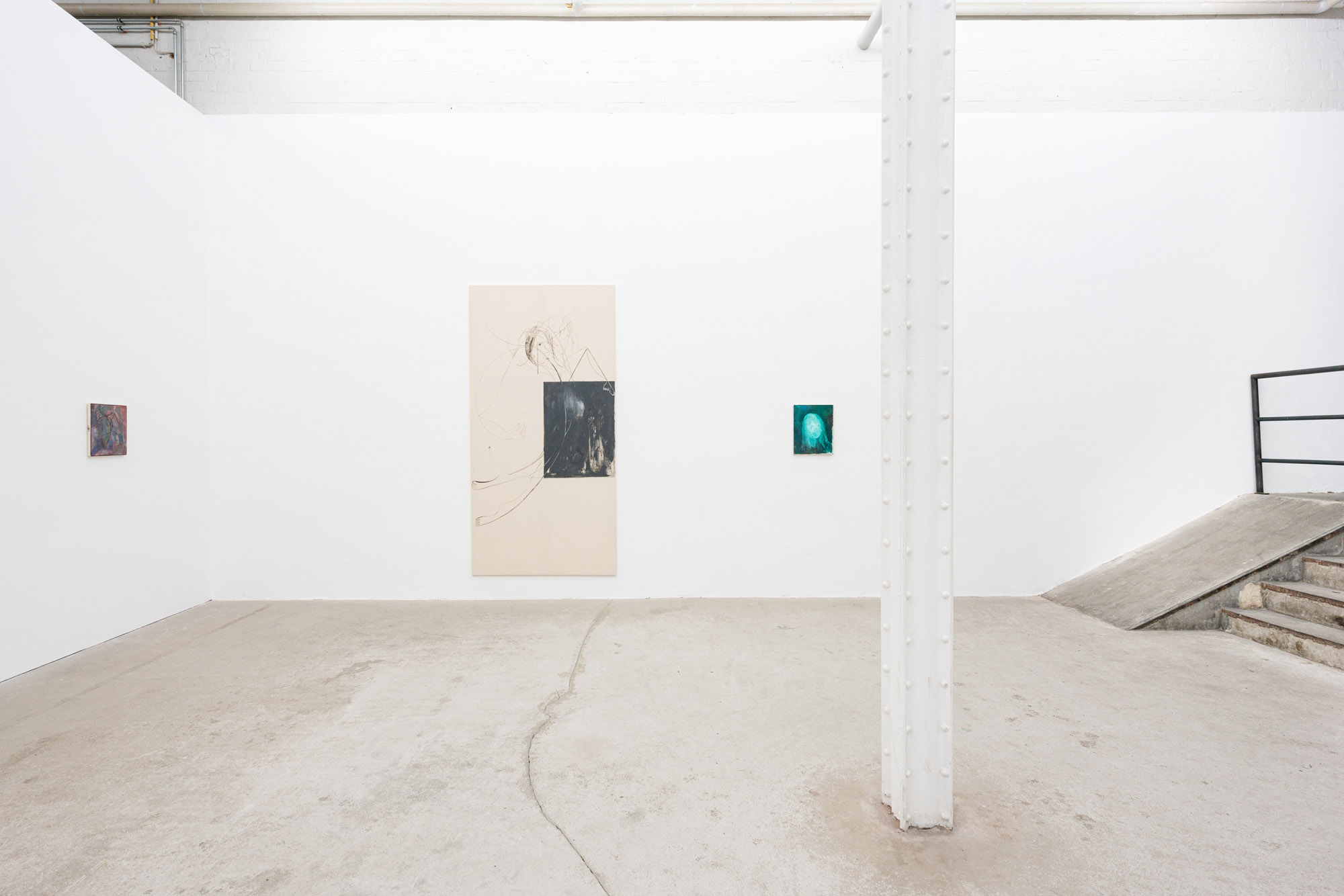
Installation view, Adrian Buschmann, Ok Ok, Galerie Tobias Naehring, Leipzig, 2020
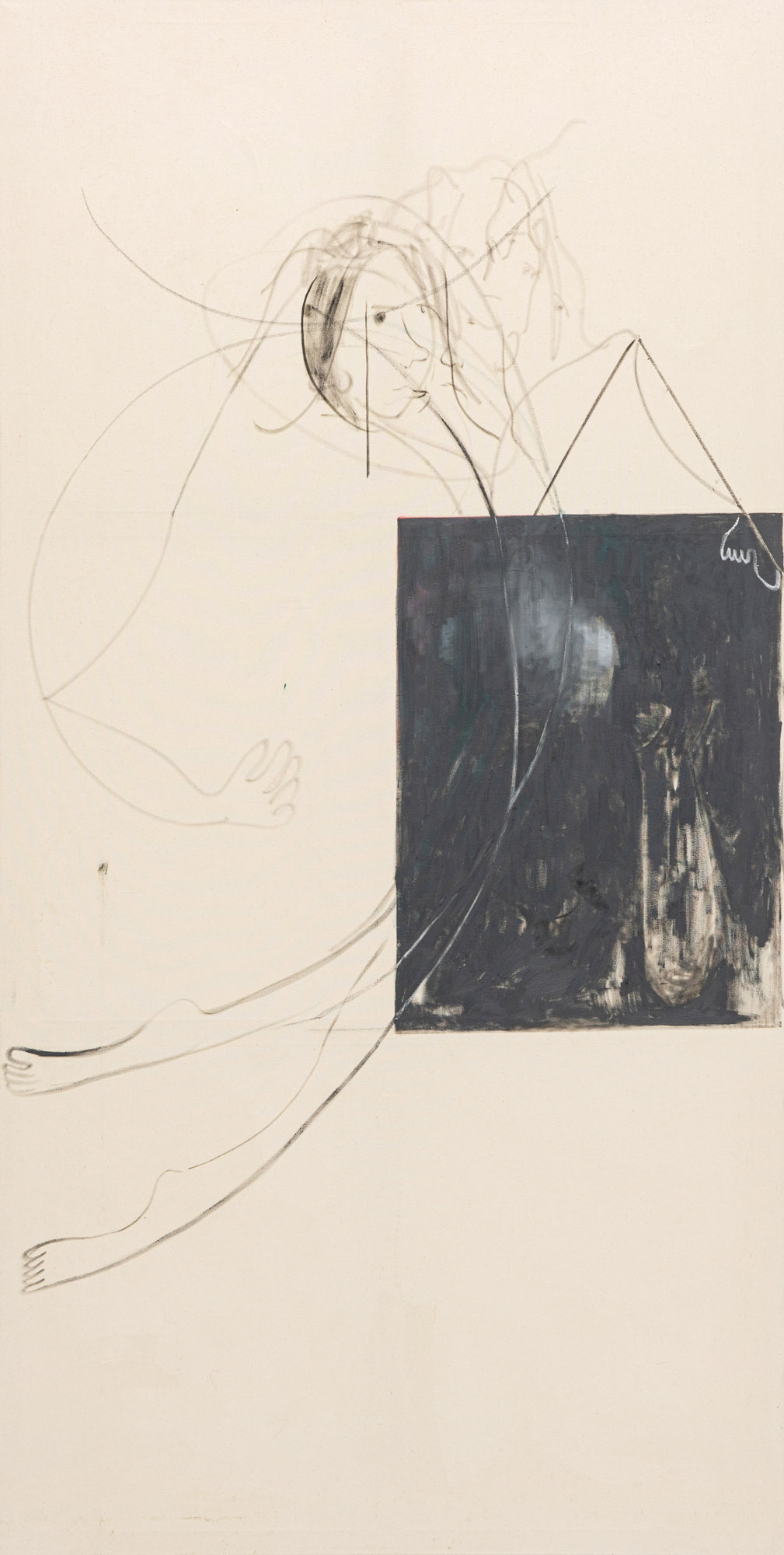
Adrian Buschmann, In the stomach of the predators, 2020, Oil on canvas, 240 × 120 cm
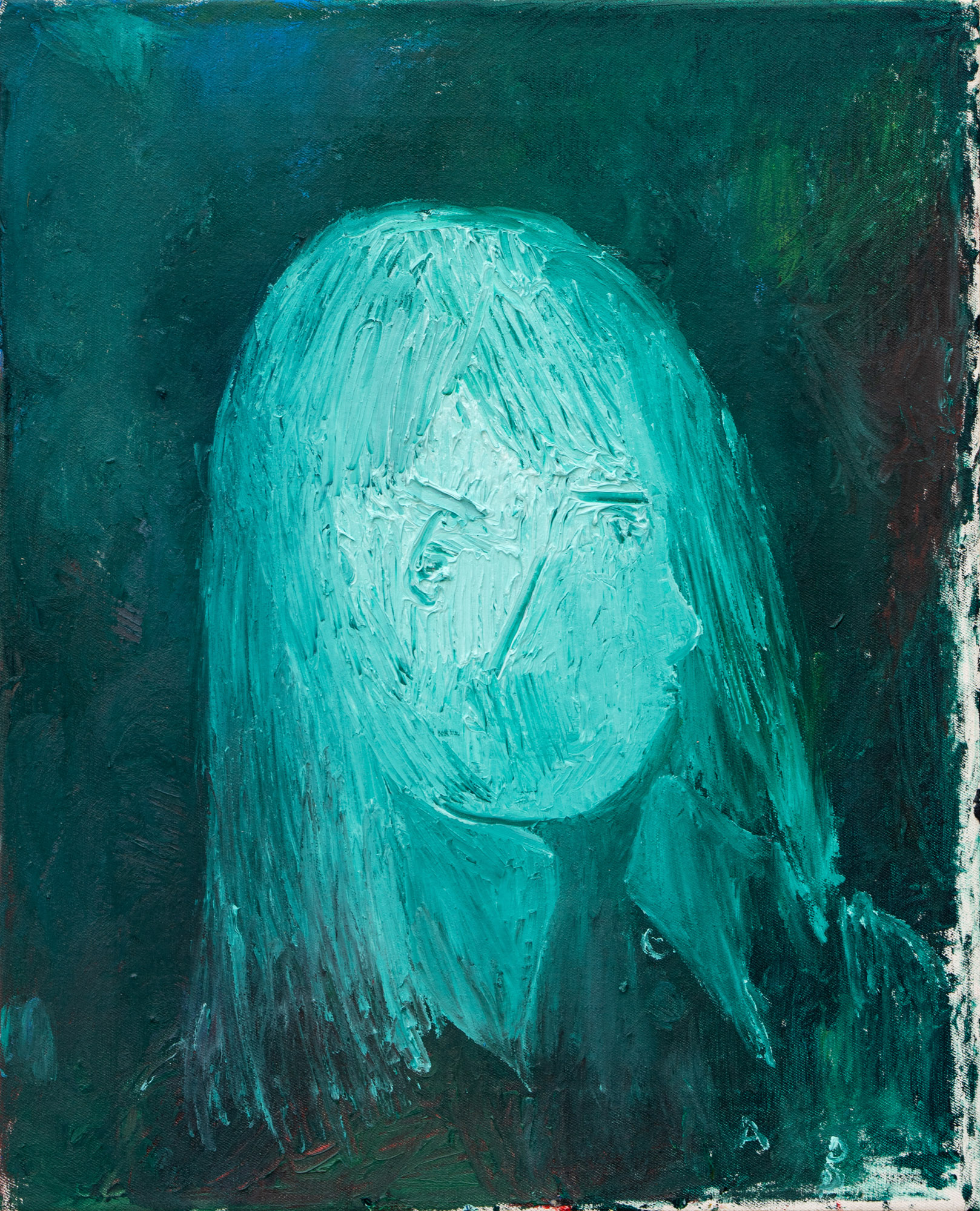
Adrian Buschmann, Dwa portrety, 2019, Oil on canvas, 41 × 36 cm
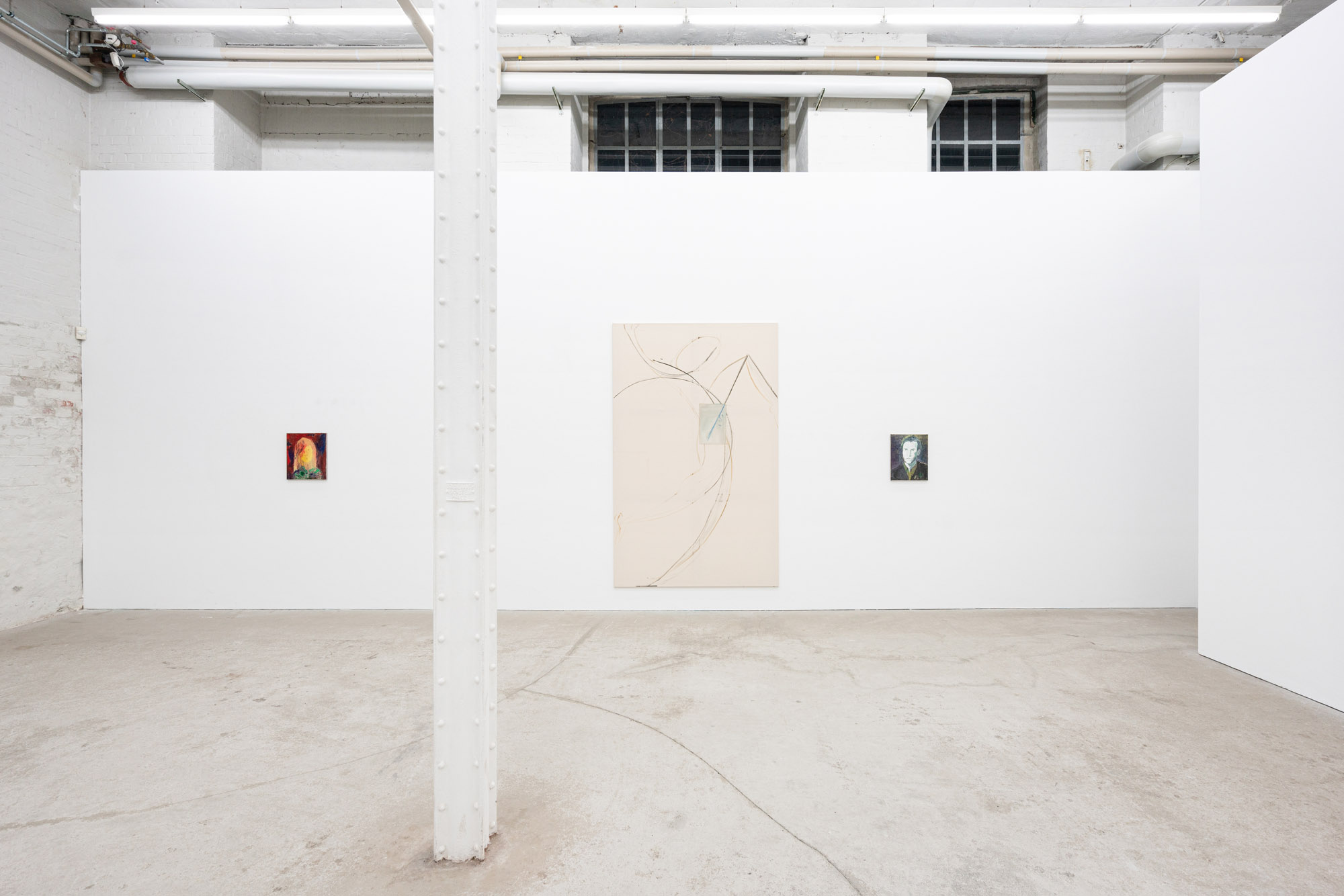
Installation view, Adrian Buschmann, Ok Ok, Galerie Tobias Naehring, Leipzig, 2020
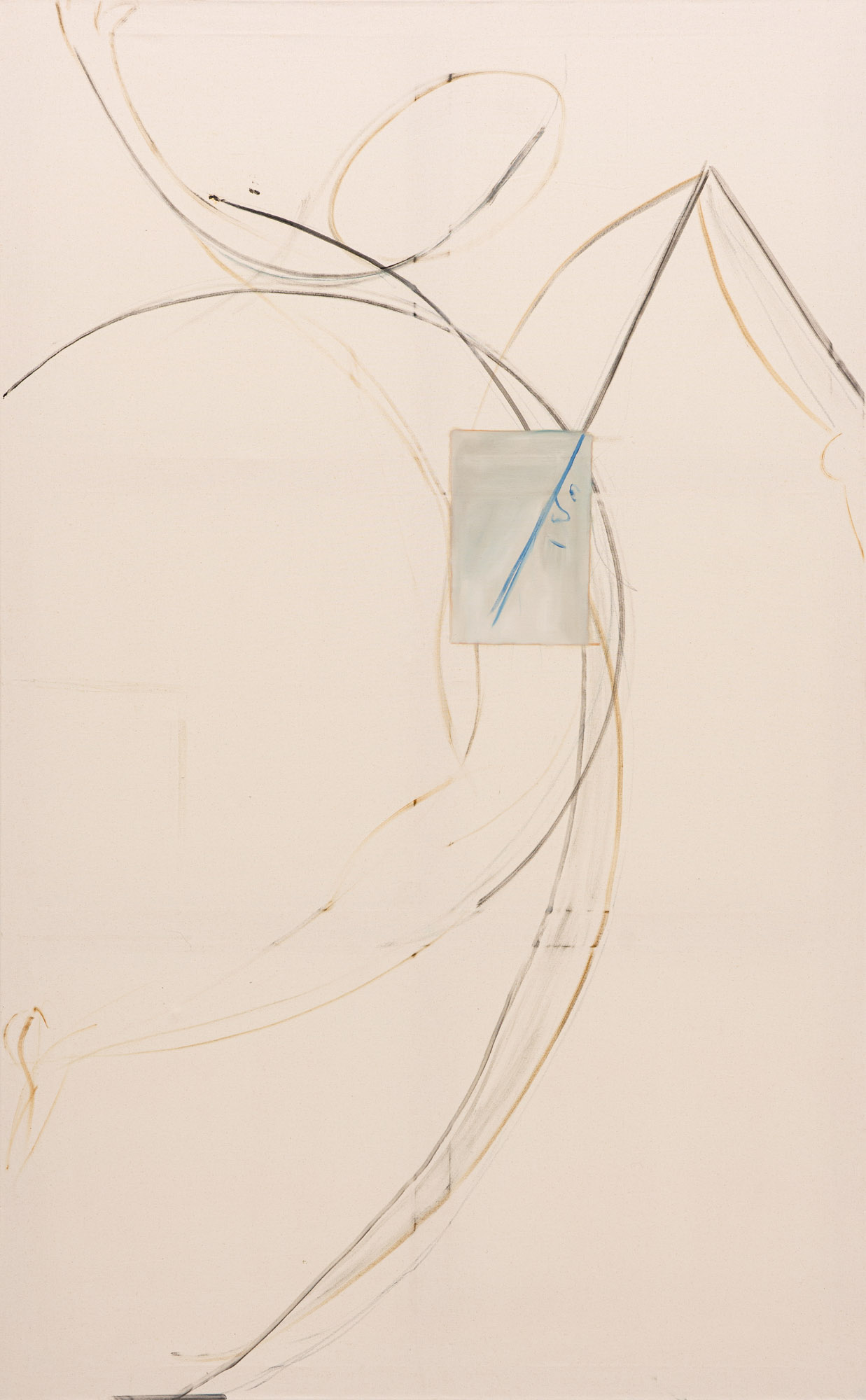
Adrian Buschmann, Self while dancing, 2019, Oil on cotton, 240 × 150 cm
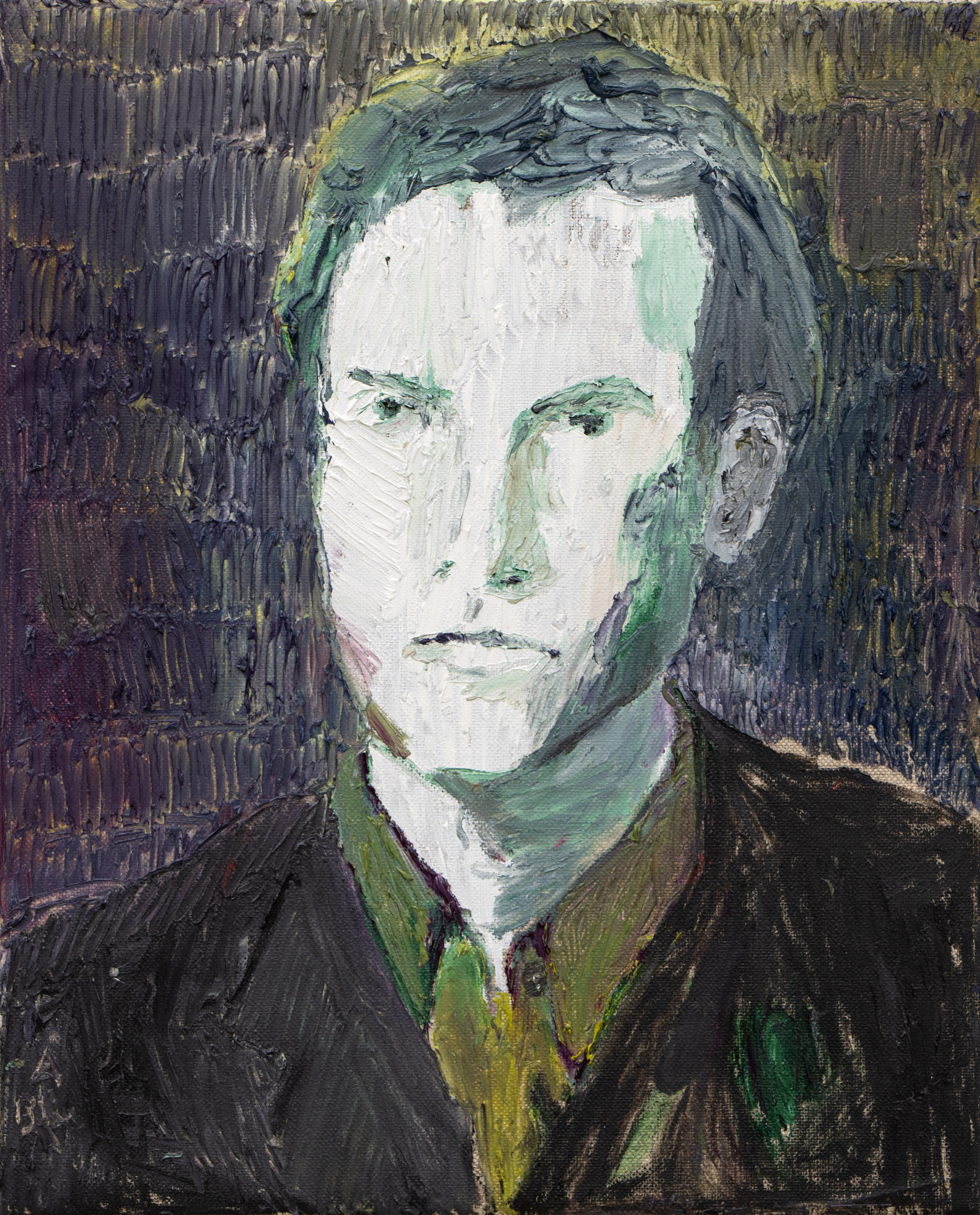
Adrian Buschmann, Paul Witan (für Vanessa Bell), 2019, Oil on canvas, 42 × 36 cm
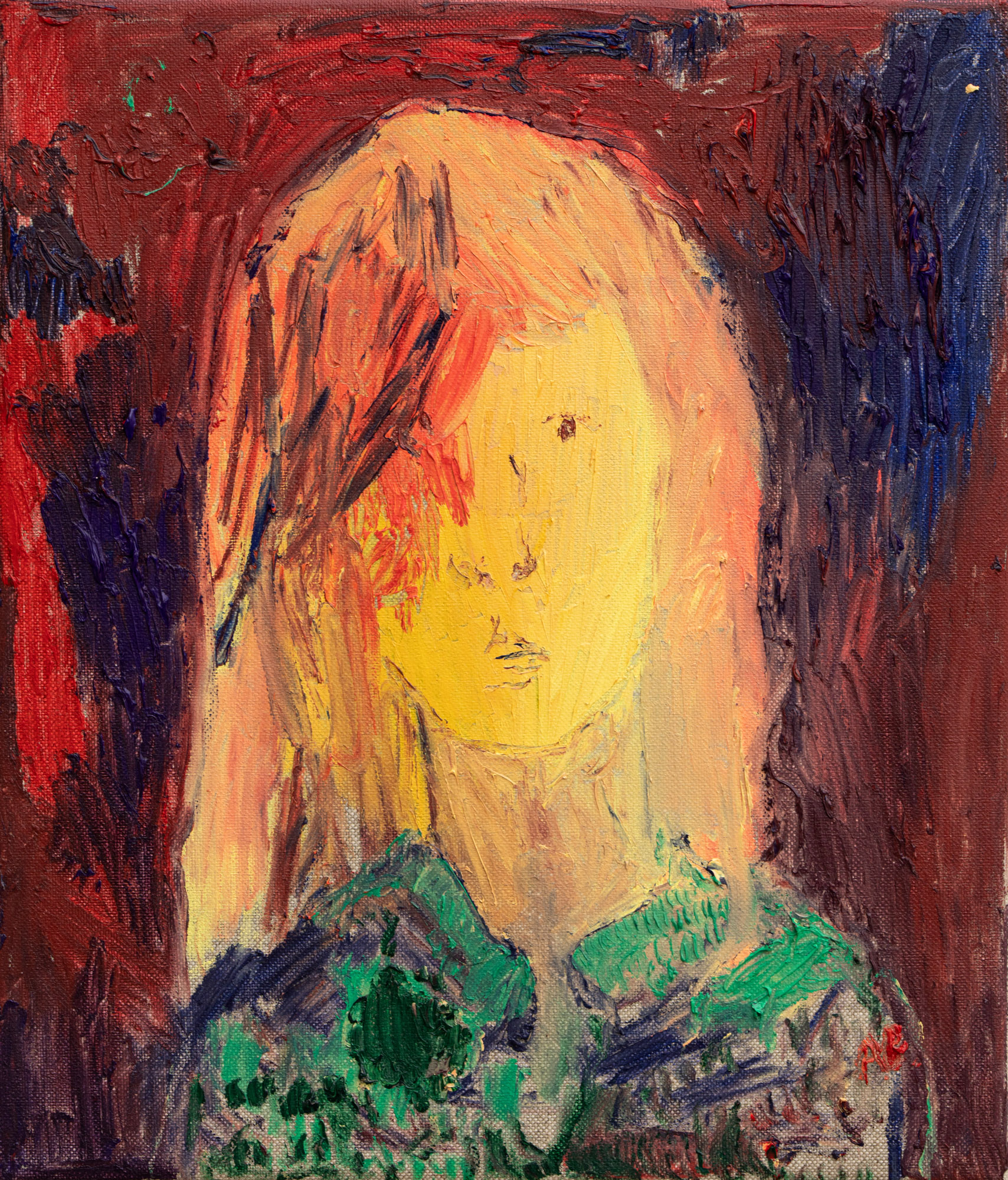
Adrian Buschmann, Selbst als Hansi Fuchs, 2020, Oil on canvas, 42 × 36 cm
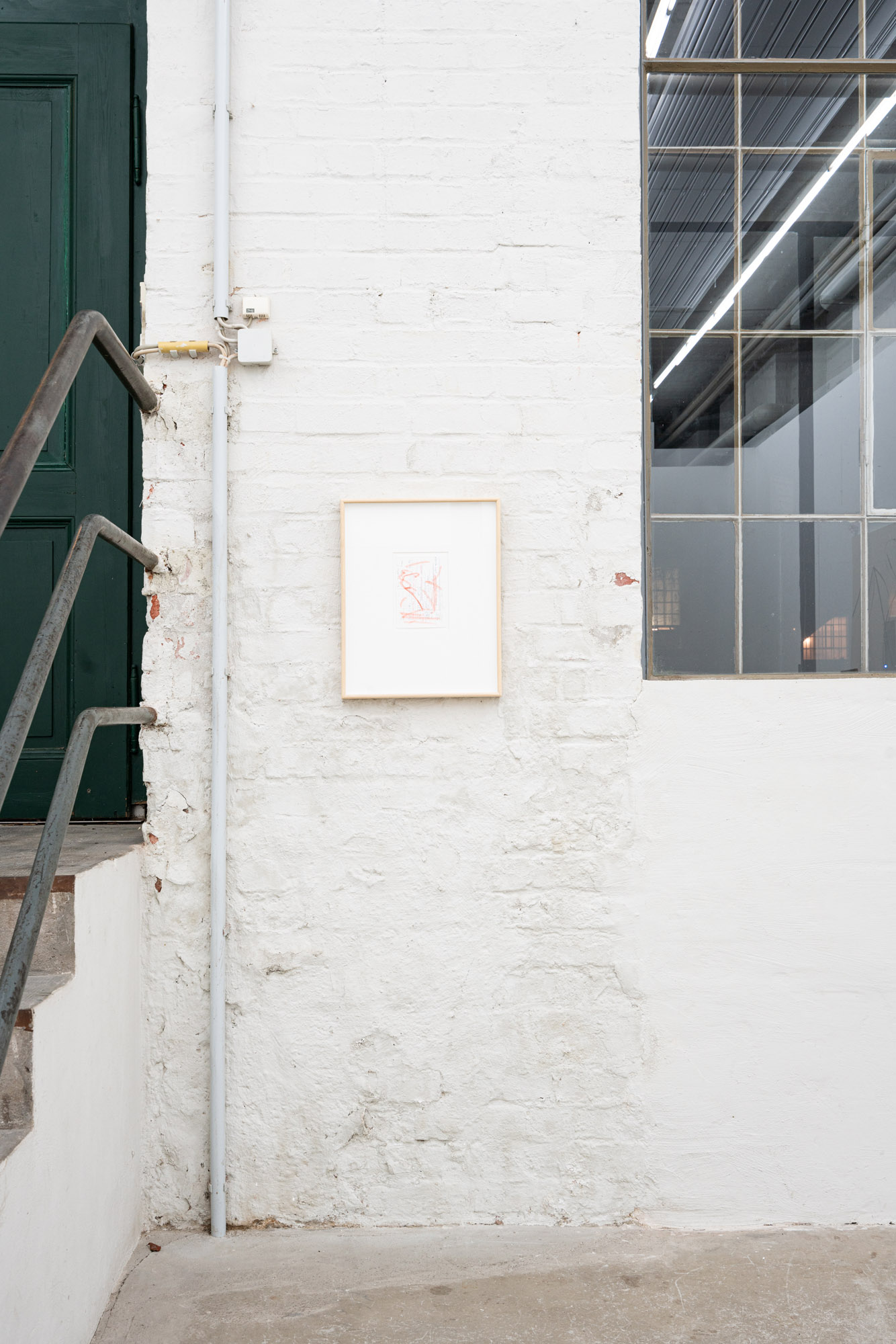
Installation view, Adrian Buschmann, Ok Ok, Galerie Tobias Naehring, Leipzig, 2020
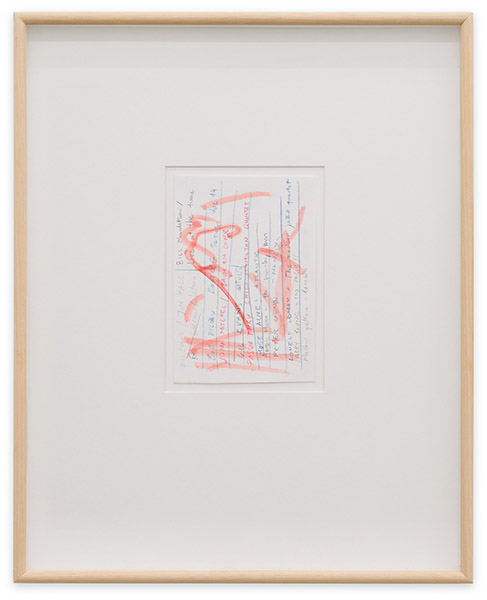
Adrian Buschmann, Weekend im Office, 2019, Watercolor and polychromos on paper, 15 × 10 cm
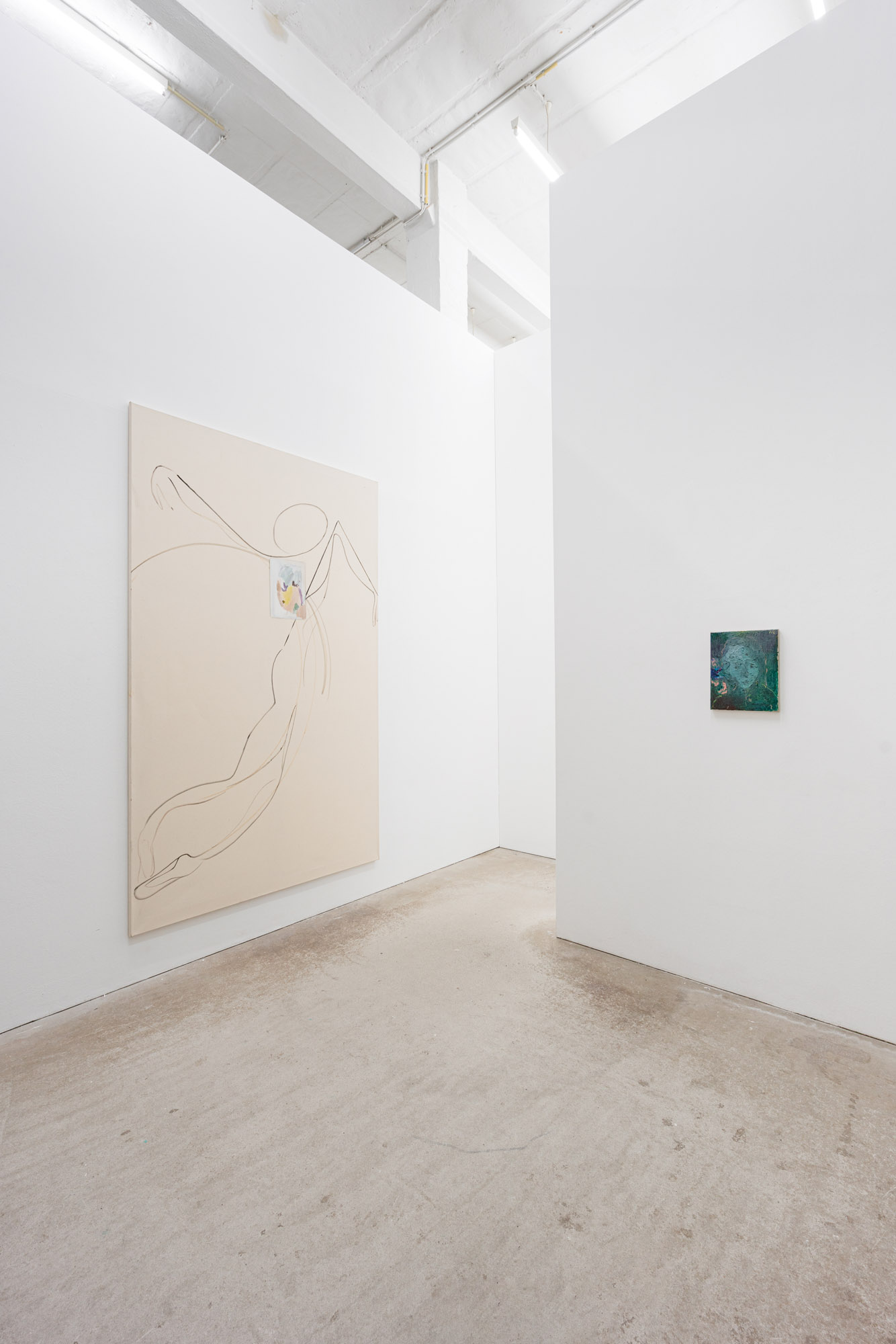
Installation view, Adrian Buschmann, Ok Ok, Galerie Tobias Naehring, Leipzig, 2020
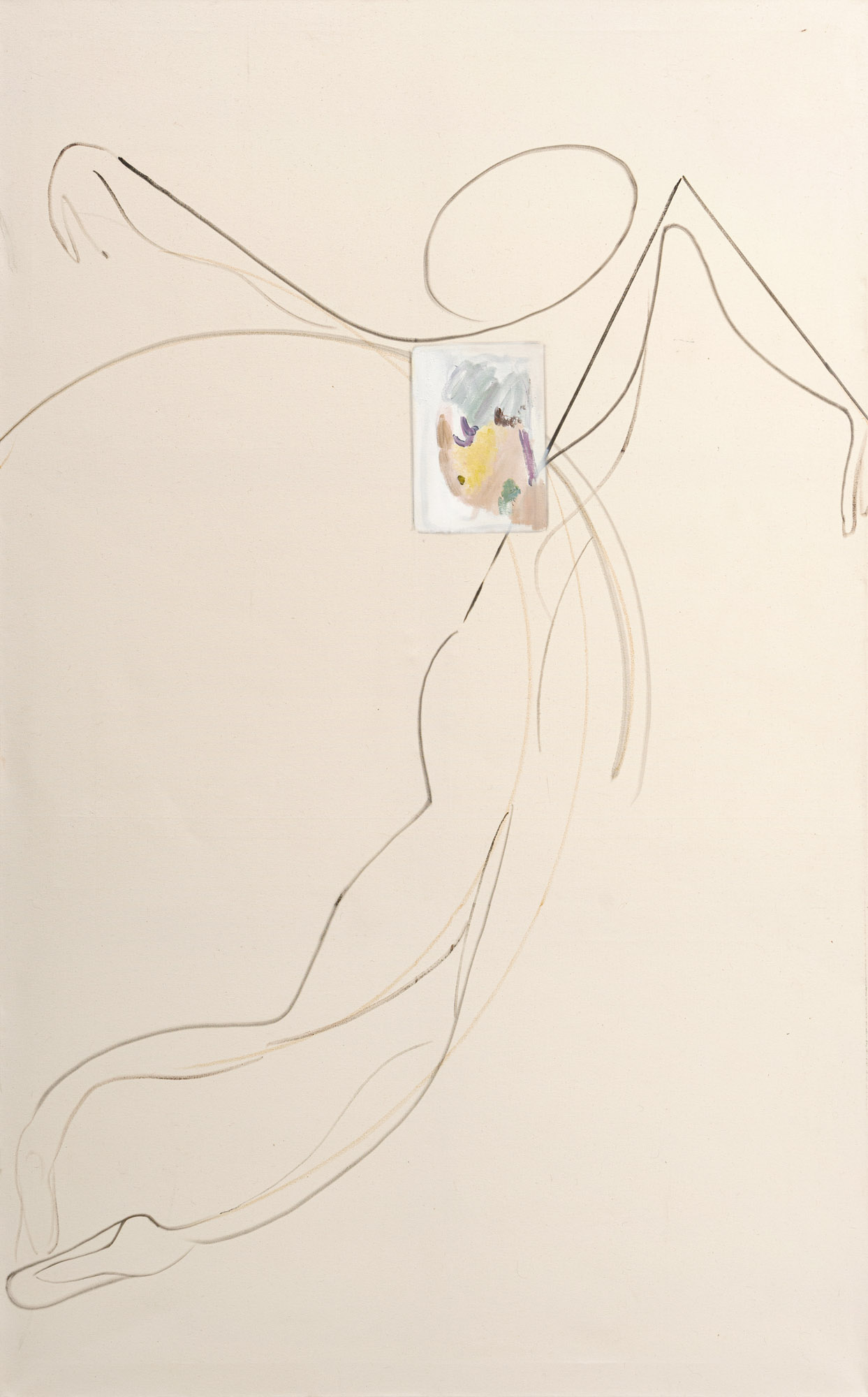
Adrian Buschmann, It's the new thing, 2019, Oil on canvas, 240 × 150 cm
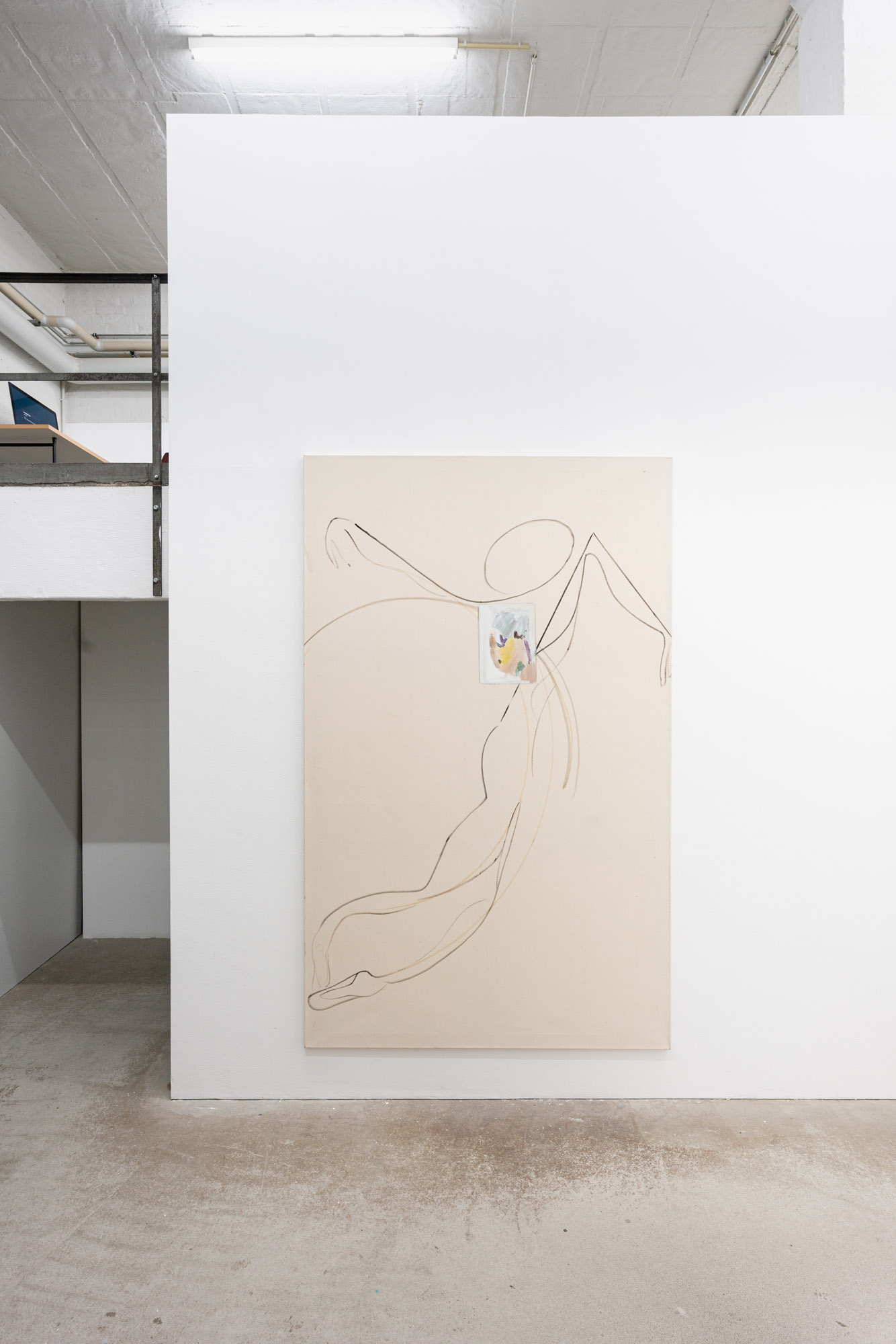
Installation view, Adrian Buschmann, Ok Ok, Galerie Tobias Naehring, Leipzig, 2020
„Today’s society is confronted with a rearrangement of individual and collective forces. Seldom has the conflict between the two movements afflicted the life of the individual with equal violence.“ Carl Einstein 1)
The current exhibition of the painter Adrian Buschmann „Ok Ok“ assembles and combines a total of four large-format works on canvas and a series of smaller portraits and watercolors. The title itself could be a possible answer to an external reality and its pressure of presentation, the inflationary reassurance of one’s own existence and the assertion of the possibility to redeem an authentic experience at any time. The first „Ok“ might check off the unequal struggle in competing for attention economies and its supremacy. But Bushman is mainly interested in the second „Ok“, which determines the discourse’s reception and nature and the gentle, painterly means. Buschmann counteracts the passivity of algorithmic, automatic image-finding processes with a quiet, highly aesthetic, practically tireless activation of the power of association, which is ever accompanied by the acceleration of image circulation, the history of painting and, here, by exemplary works of i.e. the artists Leon Chwistek, Wassily Kandinsky or Francis Picabia. We find the sketch-like movement studies of this dance in his paintings, which in turn can be traced back to the portraits of dancers, confirming the tracks of their dancing practice as a temporal expansion of the image. They contrast starkly to the image interfaces of digital culture, which has created „depths“ that divide the mental „interior“ into additional dimensions. This occasionally allows us to speak of an external reality that is divided into places of virtual work and leisure, a potentially infinite physical singularity. Interestingly enough, one could venture to conclude that it is precisely the figurative tendencies in painting that represent the flashback of authentic experiences and that it is these that we encounter today in the painterly search for „meaning“ and „significance“. In the case of the painter’s portraits, in turn, we project life and expression. He presents the sparse, schematic ambiguities of a face to us as a nexus and potential for possible expressive movements on a thick, colored or grey background, that remain the same despite the explosion of technical and multimedia means of documentation. We assume they were painted from the artist’s memory and try to not just identify who the portrayed persons are, but also how thy might behave in the context of ordinary life. Knowing that a selection of the portraits within the series depicts the artist as a woman can in itself serve as an artistic approach to the following question, once formulated by the French philosopher Michel Foucault: „The problem is not to regain our „lost“ identity, to free our imprisoned nature, our deepest truth, but the problem is to approach something radically different. So, the center still seems to be found in Marx’s sentence: Man produces man. (…) What must be produced, for me, is not man, who is identical with himself, just as nature would have designed him or according to his nature. We must produce something that does not yet exist, and we cannot know how and what it will be.“ 2)
Christian Egger
1) George Braque, (1934), Werke III, page 260
2) Michel Foucault, Remarks on Marx, (Semiotext(e), 1991), page 121